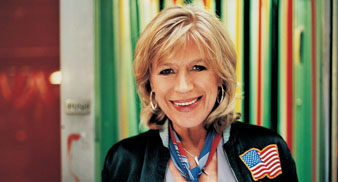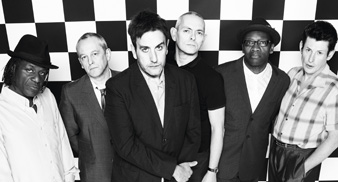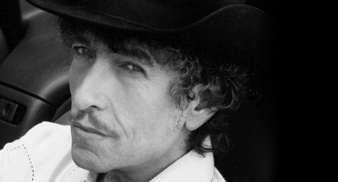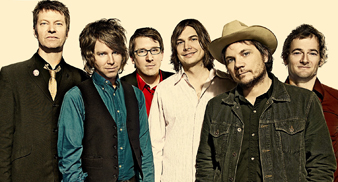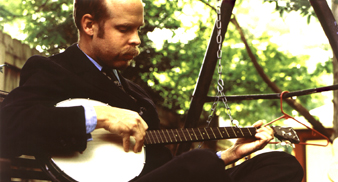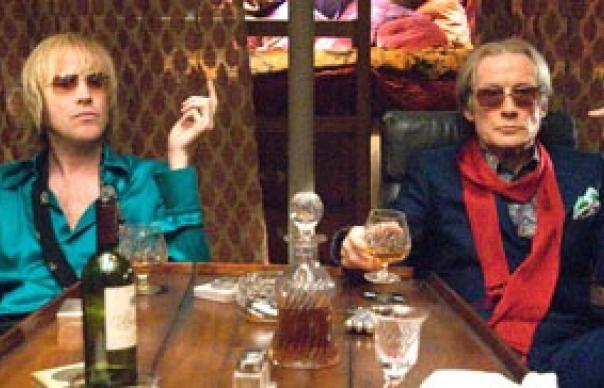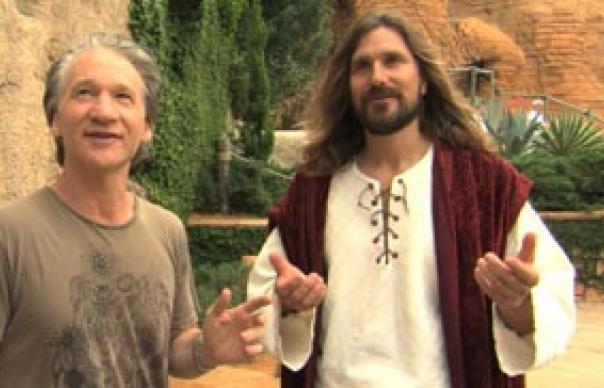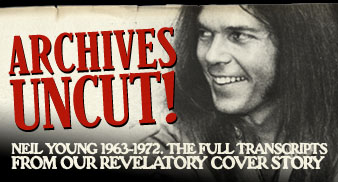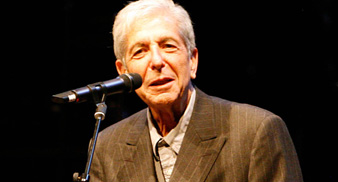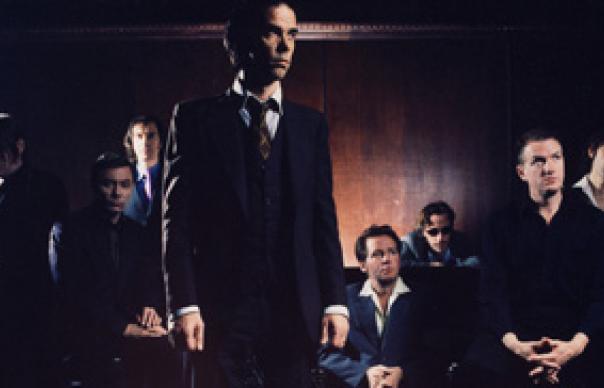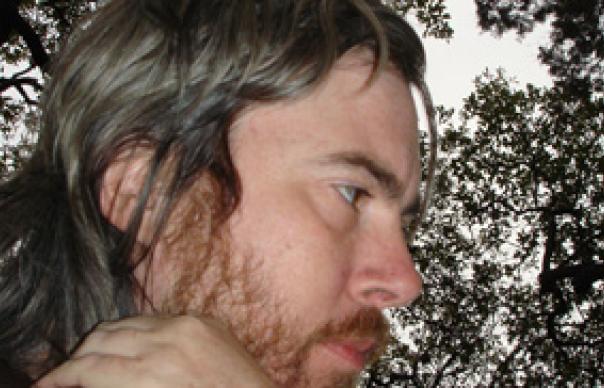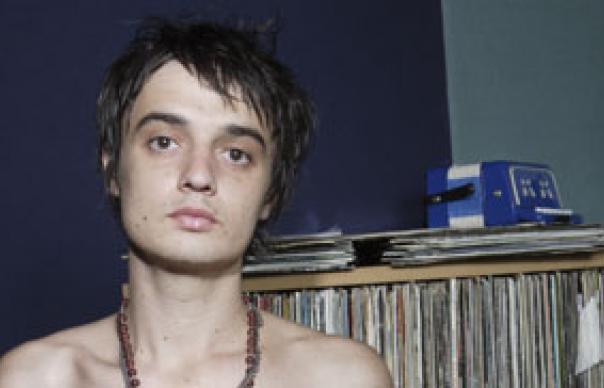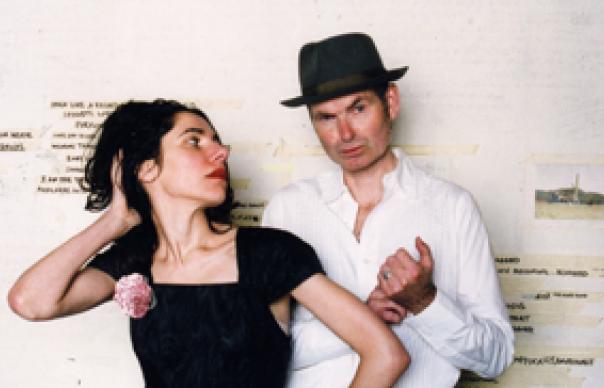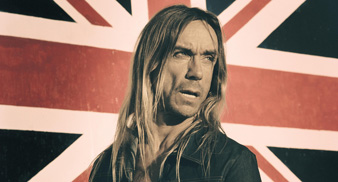Part 18: Henry Diltz
Official photographer for Woodstock and the Monterey Pop festival – Diltz work appears on the album art for the albums Buffalo Springfield and Deja Vu
***
UNCUT: You knew Buffalo Springfield very well. Is that when you first met Neil?
HENRY DILTZ: Yeah, it is. I met Neil in ’65, ’66, when the Springfield first started. He was a friendly, funny guy, just part of the group. He knew me as a musician. The year I met him was when I picked up a camera. The first photo I took of a group was of Buffalo Springfield.
Was there anything about Neil that stood out, within that band?
All the things I’d think of to describe Neil after all the time I’ve known him were pretty evident right at once. He was a very definite guy. The main thing that stuck out was that on-stage, he was a tremendous guitar-player, and tremendously into it. He wasn’t detached from it, he jumped in with both feet. And of course, he and Stephen would be having guitar duels. One guy would take a lick, and the next guy would have to outdo that, and it built, it went up and up and up while they were battling each other. All the songs from their first album were like that when I saw them at the Whiskey A-Go-Go, and other clubs. And his songs were really plaintive. But he seemed like a very nice, funny guy. Here’s what I think of Neil. He’s a troubadour who learned how to express himself very simply, with his voice and guitar. Among his friends he’s very friendly, and warm-hearted. But he’s also, to balance those aspects, very private. He’s a Scorpio. Other Scorpio artists would be Joni Mitchell, Picasso, Georgia O’Keefe, Don Henley. They’re all people who do it the way they want to, and don’t get in their way. They don’t compromise very easily. Neil knows exactly what he wants, and he won’t settle for less. He’s definite, and can be outspoken about it.
Did he have a very dry sense of humour?
I would say dry, yeah. But it was bubbling right on the surface. He laughed very easily. He didn’t seem closed.
Did Neil change when he went solo?
No. He was more Neil, because he didn’t have to compromise with anybody.
You were very close to Crosby, Stills and Nash. When Neil joined, did the seem to be standing to the side – not really in the band as the others were?
No, I couldn’t say that. When he was with the band, he jumped in with both feet.
I was just looking at a couple of photos of Neil by you in the inner sleeve of Deja Vu. He looks suspicious.
Well Scorpios are like that. They make good detectives. They see things in very definite terms. But he doesn’t seem like a selfish or driven guy.
What are your memories of Déjà Vu’s recording, and Neil’s contribution particularly?
The three of them had had their great album, CSN, and Graham and David were happy with that. But Stephen wanted an extra guitarist. They were camped out in the studio in San Francisco for Deja Vu, in there living, all day and night. They were there for months. Things grew in the studio, they were created on the spot. It seemed like there was a lot of down-time. Neil had a little bush-baby, a marsupial. The fundamental disagreements Neil and Stephen apparently had weren’t apparent when I saw them in the studio. Tensions are what make a group a group, anyway. It seemed democratic between them, when I was there. I don’t recall a lot of detail. We were smoking a lot of grass…
Were you there when they recorded “Ohio”?
No, I believe they did that on the road. And that is Neil. Being very definite, and reacting to something as an artist immediately and spontaneously, and allowing his feelings to take over. Of course you have to have craftsmanship and know-how to do that. But that song burst forth, and ten days later it was out and being played on the radio.
When you were taking photos of him in the studio, and his guard was dropped, what did you notice?
In the early ‘70s, we all used to hang out at Gary Burden’s house, who’s the art director on Neil’s covers to this day. Then several times Gary and I drove up to Broken Arrow Ranch in northern California, and spent a couple of days up there, just hanging out and photographing Neil. We’d have breakfast, walk around the farm in the morning, and then go visit one of his barns, where he either had his studio, or his guitars. He had different barns on his property for different things. It was a lot of fun. Like going off to summer camp.
Did Neil seem an outdoors person – very comfortable in the country?
He was a country guy. The ranch is nestled in a valley, with rolling hills. At one point, there were buffalo on one hillside. He has herds of cows that roam free around his property, Texas longhorns and others.
What sort of things would you be talking about, when you were sitting around in the evening?
They’re not the things I remember. I remember a couple of geese he had walking around. He had an emu. He had a blue jeep, that had a cow’s skull attached to the grill. I remember the barns were very beautiful. He has a big pond next to the house, with red-winged blackbirds making a beautiful, electrifying sound. I loved walking around the ranch with Neil. He always had a couple of dogs following him. We didn’t talk about weighty subjects. The wildlife was definitely part of the reason Neil was there. It was quite a long drive to get out of that little valley, several miles on a country dirt road, through redwood trees and fields. There were wildcats there.
Choosing to live in such an isolated spot suggests he was very comfortable alone.
Yeah, but he always had a wife. And farmhands. Originally he had that guy, the “Old Man” of the song. I met that guy in ’71, about the time he wrote it. He was an old rancher, wearing Levi’s with a big belt, cowboy boots and a cowboy hat. He was an old guy, very weathered, almost bow-legged. He was leather-faced. A guy of few words. We met him on a walk. Neil was talking to him, probably about fixing a barn, or ordering some hay, nothing real worldly. And there are the people down the road who run his recording studio for him. There are always people around. He was never all alone up there, ever.
From all the photos I’ve looked at of Neil at that time, there are those where he looks suspicious and sullen – but others where he has this open smile, and looks boyish.
Scorpios are intense. He’s not a suspicious guy. He’s thoughtful, musing about things. We took some great photos of him that were going to be used on the Harvest cover, sitting on a bail of hay, playing a little toothpick, miniature Martin guitar, with a hat and brown leather jacket on.
Did Neil care or think about what he looked like?
He didn’t seem to. He didn’t seem vain at all. He came across as extremely natural and easy to be around. I know with people who work with him he can be difficult. Because if you don’t agree with him there’s a problem.
INTERVIEW BY NICK HASTED


